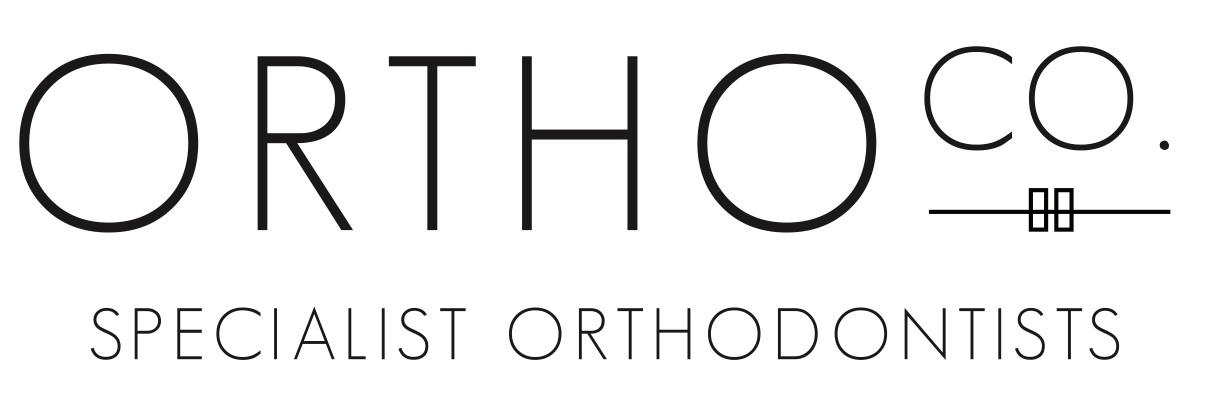General FAQs
+ What is orthodontics?
Orthodontics is a branch of dentistry that specialises in the diagnosis, prevention and treatment of dental and facial irregularities. The technical term for these problems is "malocclusion," which means "bad bite". Common problems encountered include crowding of teeth, crooked teeth, protruding teeth or "buck" teeth and incorrect jaw development. Orthodontic treatment involves the design and use of corrective appliances (such as braces, plates, and functional appliances) to bring the teeth and jaws into proper alignment.
+ Do I need orthodontic treatment?
Aside from the obvious improvements in smile aesthetics and self-esteem, orthodontic treatment can also lead to improvements in oral health and function. Orthodontic treatment will:
- Enhance your self confidence.
- Reduce the risk of tooth decay and gum disease by allowing better access for cleaning.
- Create beautiful looking smile.
- Decrease the risk of dental trauma.
- Decrease the risk of excessive tooth wear.
- Treat incorrect jaw relationships and reduce stress on the facial muscles and jaw joints.
- Enhance normal oral function related to chewing, breathing and speech.
+ What's the right age for orthodontic treatment?
The Australian Society of Orthodontists recommends that children receive a specialist orthodontic examination at age 7 if a parent or the family dentist discovers a problem. The timing of orthodontic treatment is extremely important. Some orthodontic problems are easier to correct if detected early, rather than waiting until jaw growth has slowed. Since no two patients are alike, there is no specific age that is best to begin treatment.
Early examination allows the orthodontist to detect and evaluate problems and plan appropriate treatment. Early treatment may prevent more serious problems from developing or make treatment at a later age shorter and less complicated. Typically, full treatment with braces is started when all the permanent teeth have erupted - usually between the ages of 10 and 13. In some cases, it is an advantage to start just before the last baby teeth are shed.
+ What are the early symptoms of orthodontic problems?
Although it can be difficult to assess if you need orthodontic therapy, the following information may help in prompting you to seek out advice. Ask your child to open their mouth so you can examine their teeth. Your child may need orthodontic treatment if you find any sign of crooked teeth, gaps between teeth or overlapping teeth.
Ask your child to bite all the way down with their lips open. Do the front top teeth line up with the bottom teeth? Do the top teeth protrude above the bottom teeth? Do the top front teeth cover more than 50-percent of the bottom teeth? Are the top teeth behind the bottom teeth? All these symptoms indicate a potential orthodontic problem.
Examine your child’s jaw alignment. Does it shift off-center when he/she bites down? If you see any misalignment or shifting of the jaw, your child may have a skeletal problem that requires early orthodontic intervention.
These are just a few of the obvious symptoms of orthodontic problems.
+ Do I need a referral?
No, but it is recommended you see your general dentist for a general dental check-up beforehand.
+ What happens at my first visit?
Each individual's orthodontic needs are different and deserve personalised attention. Your initial visit is an opportunity for us to get to know you and to help determine your orthodontic goals.
At your first visit, the Doctor will give you (or your child) a comprehensive orthodontic examination. This entails looking at your teeth and jaws, and how they fit together. An assessment will also be made of gum health, oral hygiene and facial symmetry. The Doctor will then review his findings with you and give advice on the treatment options available, when treatment should commence, the expected duration of treatment, and the approximate cost.
+ When can I start treatment?
Once you are comfortable with the proposed treatment plan and treatment objectives then you are ready to proceed into orthodontic treatment. Treatment times vary significantly depending on age, the severity of the initial problem, type of orthodontic appliances used and patient compliance. Comprehensive orthodontic treatment typically lasts about 18 months with appointments scheduled every 4-8 weeks. Once treatment is completed, retainers are worn to maintain the results.
+ What are the fees involved for treatment?
Fees vary depending on what type of problem or problems the patient presents with and on the treatment plan selected. At the first consultation we will give you an estimate of the fee.
